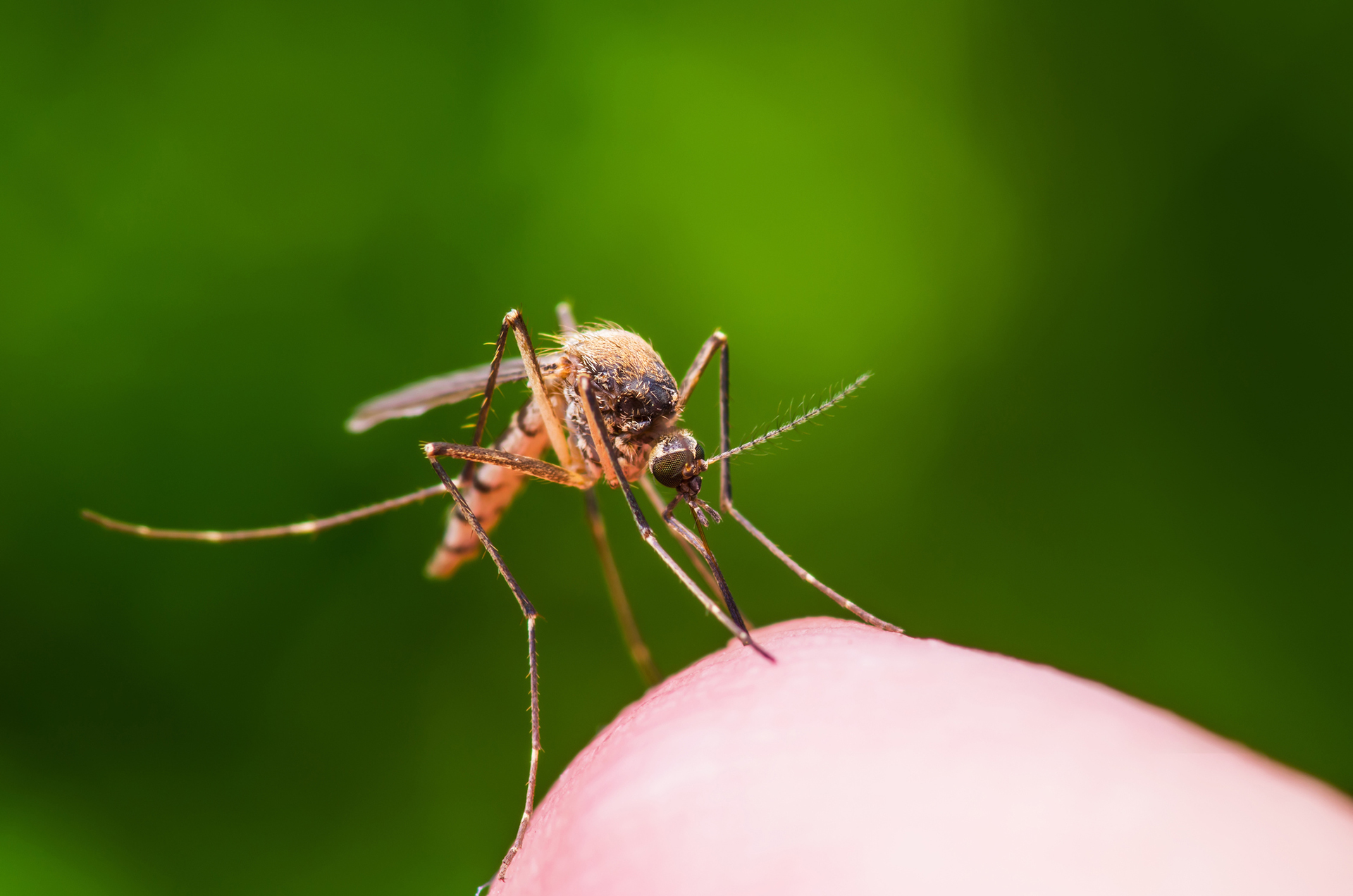West Nile On East End

The New York State Department of Health this week warned Suffolk County health officials that three mosquito samples tested positive for West Nile virus on the North Fork. The samples, both Culex pipiens-restuans, were collected in late August in Aquebogue and Jamesport, another in Matticuck a week later.
To date, Suffolk County has reported 57 mosquito samples that have tested positive for West Nile virus and six that have tested positive for Eastern equine encephalitis. Four birds have tested positive for West Nile virus. No humans or horses have tested positive for West Nile virus in Suffolk County to date this year.
To date, Suffolk County has reported 57 mosquito samples that have tested positive for West Nile virus and six that have tested positive for Eastern equine encephalitis.
According to the Centers for Disease Control, West Nile virus is the leading cause of mosquito-borne disease in the continental United States. It is most commonly spread to people by the bite of an infected mosquito. Cases of West Nile occur during mosquito season, which starts in the summer and continues through fall. There are no vaccines to prevent or medications to treat the virus in people. Fortunately, most people infected do not feel sick.
“If you are a healthy 21-year-old, it is possible that you never know you’ve had it,” said Grace Kelly-McGovern, the public relations director of the Suffolk County Department of Health Services. But, she added, people older than 50 or with immunity problems can be susceptible.
About one in five people who are infected develop a fever and other symptoms. About one out of 150 infected people develop a serious, sometimes fatal, illness. You can reduce your risk of West Nile by using insect repellent and wearing long-sleeved shirts and long pants to prevent mosquito bites.
One bit of good news: No recent mosquito samples have tested positive for EEE.
On another creepy crawly front, the National Park Service and Suffolk County Department of Health Services have confirmed the findings of Asian longhorned ticks (Haemaphysalis longicornis) in Suffolk County at several locales.
The Asian longhorned tick, which is native to East Asia, was first reported at large in the United States after being discovered at a farm in Hunterdon County, NJ, in 2017. Since this initial discovery, Asian longhorned ticks have been found in Arkansas, Connecticut, Delaware, Kentucky, Maryland, North Carolina, New Jersey, New York, Pennsylvania, Tennessee, Virginia, and West Virginia.
The species can be found on pets, livestock, wildlife, and, on rare occasions, people. To date, no Asian longhorned tick has been found to be infected with pathogens in North America.
Female Asian longhorned ticks are able to reproduce without mating, making the potential for high numbers of this species to be present in an area. However, tick surveillance conducted at many other sites throughout Suffolk County since 2018 has revealed no other presence of Asian longhorned ticks, suggesting that this tick species is not widespread in the county.
However, Kelly-McGovern said the tick is capable of weakening, sickening, and even killing cattle because it can reproduce in such high numbers.
“It appears not to have much of a public health implication,” says Dr. Scott Campbell, of the Suffolk County Health Department. “They are capable of transmitting pathogens but at this point, none have been found in the ticks found in the U.S.”
Finally, filed under the “If the thunder don’t get you then the lightning will” category, the health department issued an advisory on September 11 warning bathers not to use Havens Beach in Sag Harbor, which flashed high levels of bacteria after heavy rains the night before. Kelly-McGovern said the warning was rescinded two days later.
rmurphy@indyeastend.com



